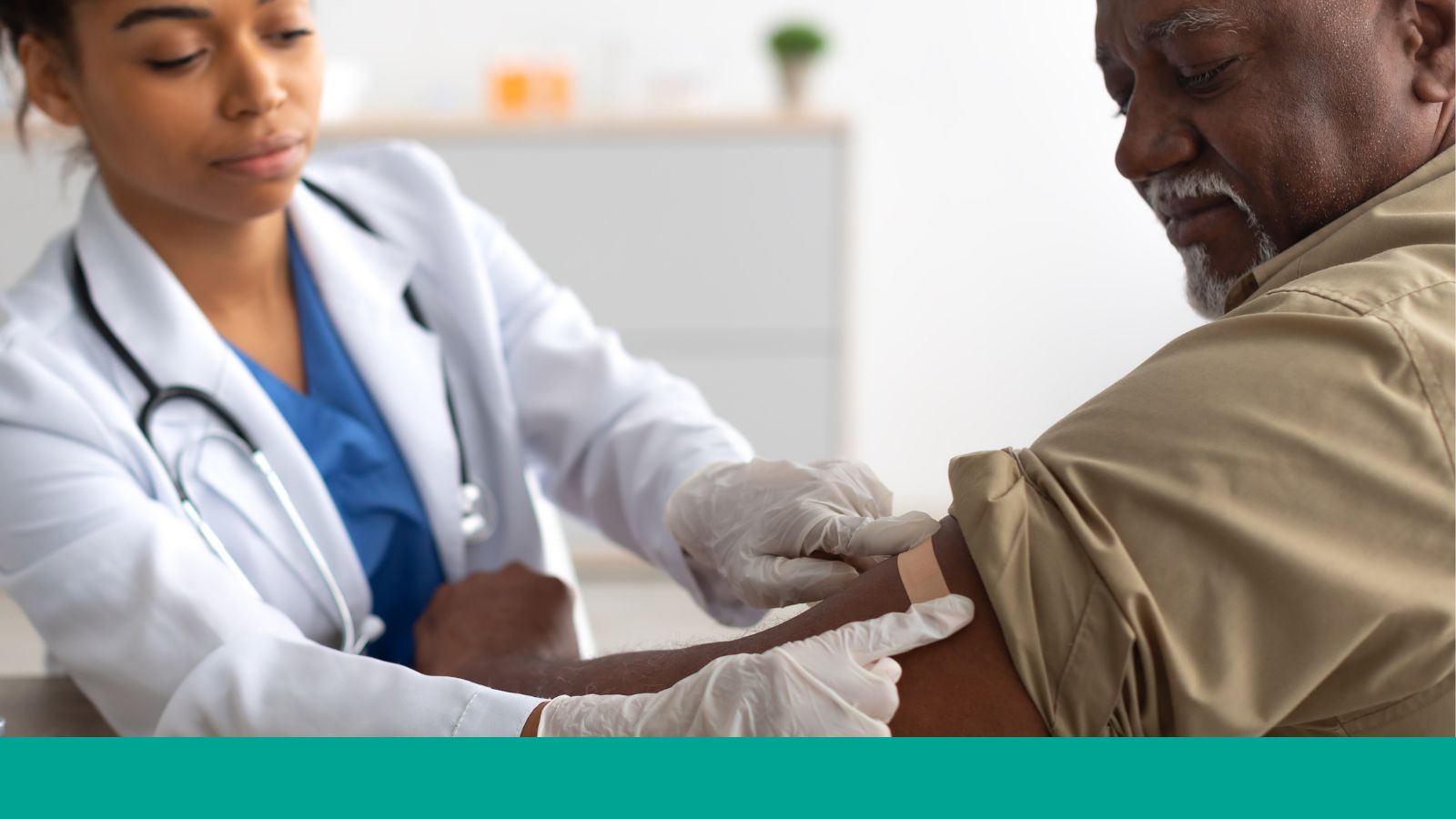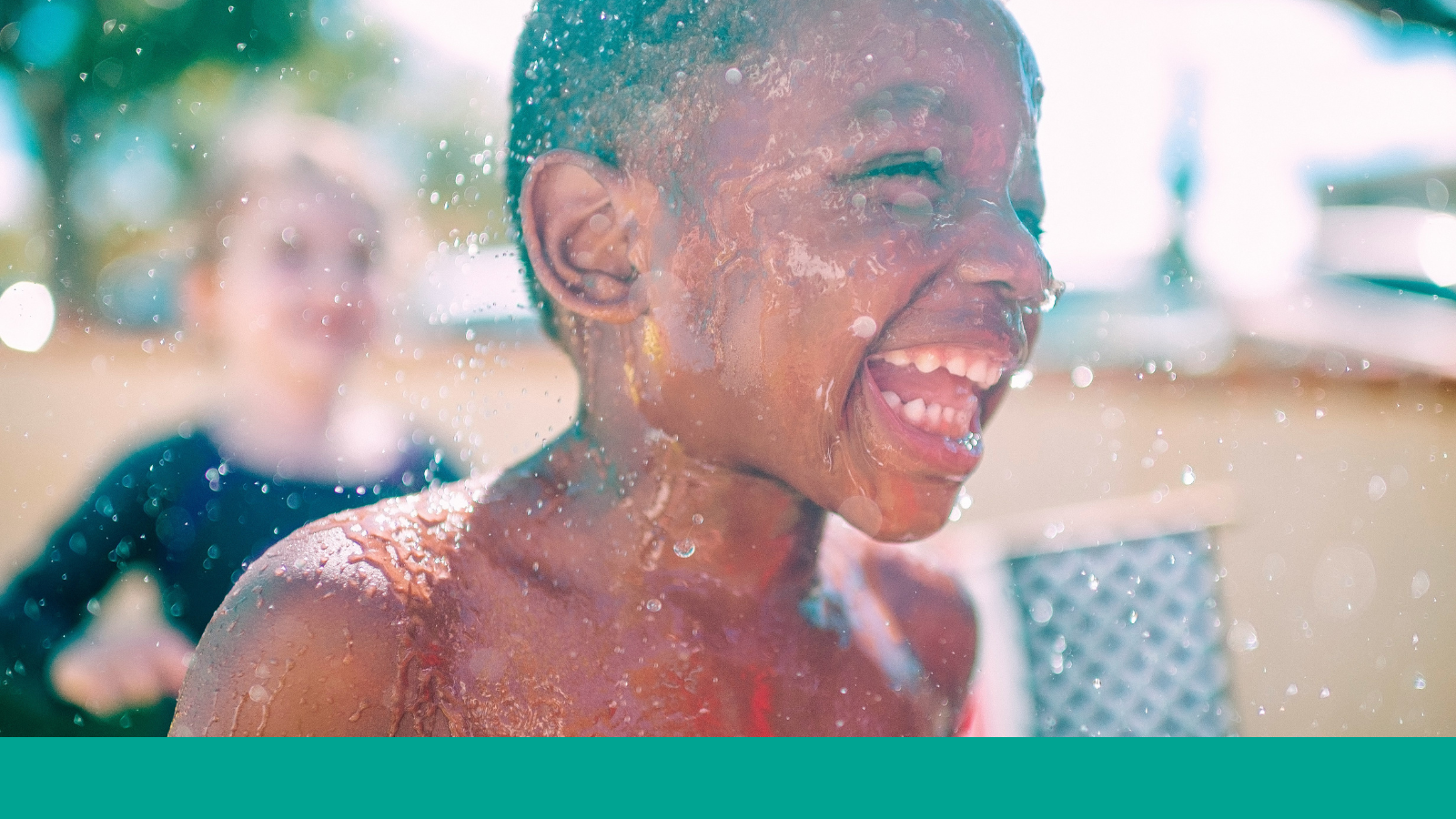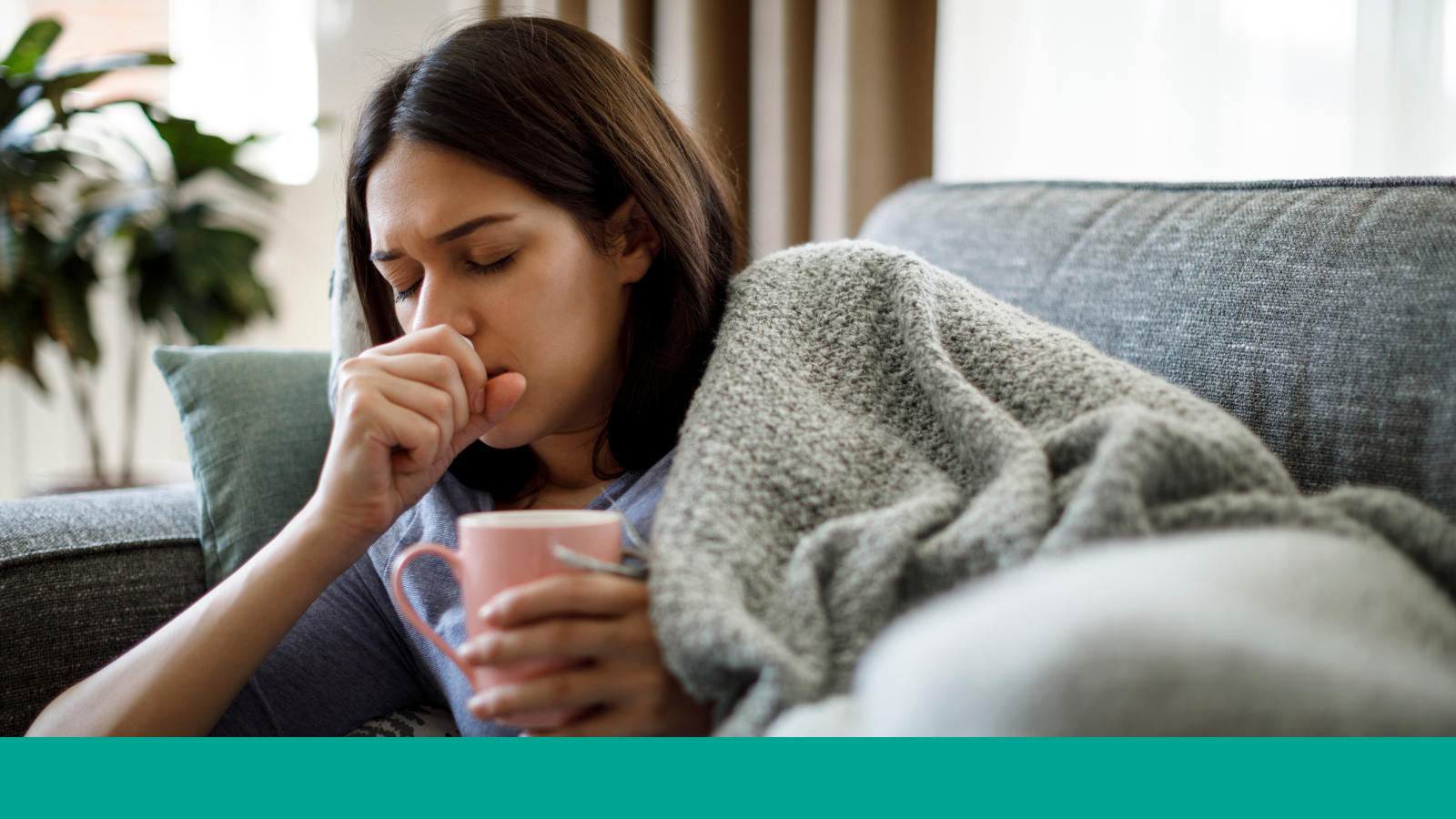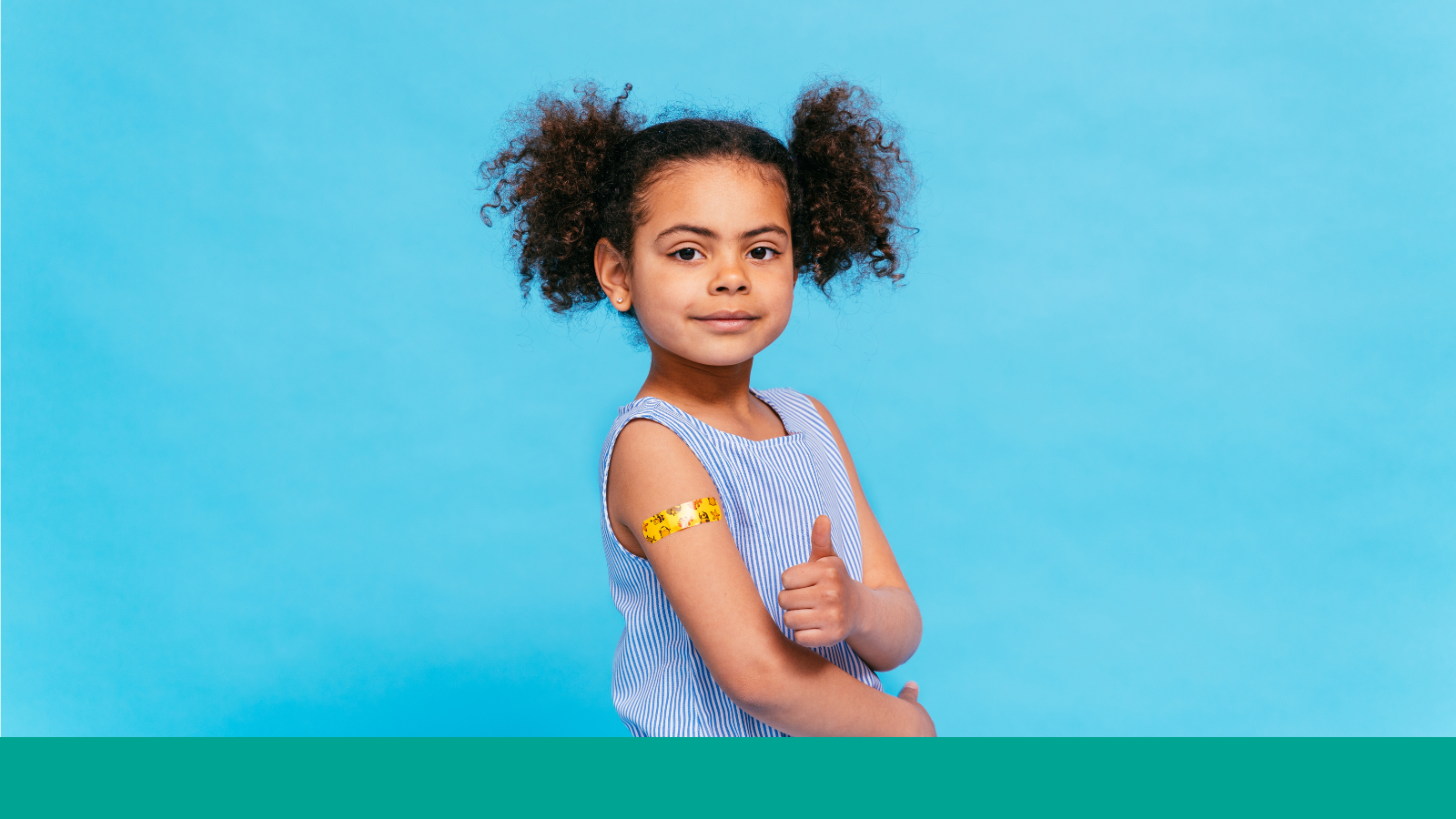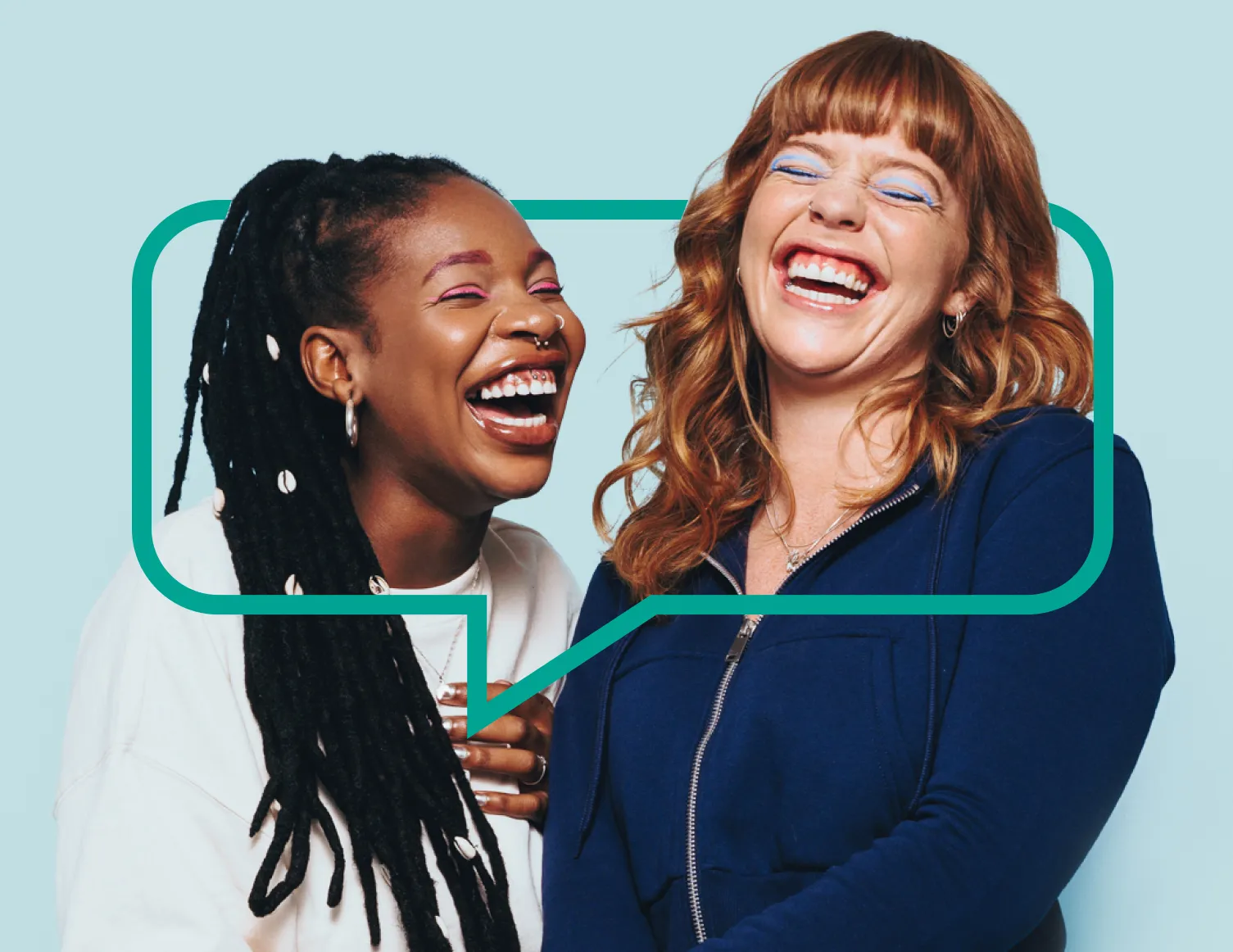In 2024, the Public Health Communications Collaborative grew from a hub of resources to a dynamic community of public health professionals. Not only did we welcome our first-ever PHCC Director, Amanda Kwong, but we also launched the inaugural cohort of PHCC Ambassadors. This partnership between PHCC and passionate public health communicators expanded the reach of our resources, and more importantly, grew and deepened the PHCC community.
The first cohort met regularly to discuss new PHCC resources and pressing public health and communications topics, and could often be found discussing great communications campaigns, resources, and tools in our LinkedIn group. We asked the PHCC Ambassadors to share their public health communications and resources highlights–and they answered! Read on to learn more about the PHCC Ambassadors and what sparked conversation, inspiration, and innovation this year.
Are you interested in becoming a PHCC Ambassador? Sign up for the PHCC newsletter for more information about the 2025 cohort and application process.
“[The PHCC] ambassador program aligns so closely with a vision I’ve long held to support like-minded organizations in our region. I’ve dreamed of creating a library of resources and campaigns that would be freely available for outreach and education efforts. Thanks to the experience I’ve gained through PHCC, I now feel that this vision is more attainable. I’m excited to take the next steps in building a mini-version of what you’ve successfully accomplished here.”
– Amelia Carnagey, 2024 PHCC Ambassador
We the People Vax
Sara Dillard, Communications Director at Indiana Immunization Coalition, was particularly proud to highlight the We the People Vax campaigns, which she presented as part of the Misinformation, Media, and More panel at the National Conference for Immunization Coalitions and Partnerships (NCICP). The We the People Vax coalition has 40 members representing 26 states and six national organizations.
Sara shared, “Vaccine hesitancy and anti-vaccine rhetoric continue to grow in part due to the medical freedom movement. We the People Vax aims to reframe ‘freedom’ and spread awareness that vaccinating ourselves and our families protects our communities and America.”
AI-Generated Podcast on Breast Cancer Screening
Ayo Olagoke, Director at Better Health Connect, highlighted an AI-generated podcast on breast cancer screening. The podcast was created in under three minutes utilizing a model trained on CDC content related to breast cancer awareness and screening guidelines.
“I would like to spotlight this project because I am a strong advocate for the responsible and productive use of AI. It’s incredible to see how we can leverage AI to help reduce health inequities and deliver solutions that our communities desperately need. By creating a 14-minute podcast on breast cancer screening in under 3 minutes, using CDC content, this project showcases how AI can be used to amplify critical health information effectively and quickly.”
As a bonus, Olagoke noted that she also found inspiration in the Information Futures Lab at Brown University and the iHeard Omaha resource, which monitors and responds to the spread of inaccurate health information in real-time. It’s an innovative communication tool that tracks what residents in Omaha are hearing about health topics, and then quickly provides accurate information to counteract false claims. Per Olagoke, “This responsive approach has not only helped in spreading awareness but also in building trust within the community by addressing misinformation promptly.”
Sweet Summer Habits
Amelia Carnagey, Marketing Director at Healthier Texas, created a 10-week campaign centered on healthy habits for youth and families and built around the timely theme of the Olympics.
“The Sweet Summer Habits campaign was a passion project for me, created with the goal of activating our social platforms, engaging community partners, and providing accessible resources that would promote healthier habits for youth and families. One key element I prioritized was ensuring the campaign offered both digital and analog materials, allowing families to download and implement the resources in a way that suited their needs. Health departments, summer camp programs, and even organizations like libraries shared the materials within their communities, printing and distributing them to broaden their impact. The analog resources were designed to help children track and implement healthy habits without relying on technology. This focus on reducing screen time was intentional, as many of the activities encouraged getting outside or doing things away from technology in support of overall wellness.”
Carnagey continues, “By integrating educational content, social media challenges, and community partnerships, we successfully engaged our audience and encouraged them to build lasting, positive habits while promoting balance and healthier, activities within their community and family units.”
The Public Health Communicators Guide to Misinformation
Ruby Ferrari, Network Administrator for the Global Virus Network, was particularly inspired by the Public Health Communicators Guide to Misinformation. “Misinformation is a global challenge that needs addressing. Personally, I’m committed to reducing it within my own network and believe it’s crucial to rebuild the public’s trust in science and healthcare.”
The Heart Truth® Yes, YOU!
Melissa Akinlawon, Senior Manager of Health Communications at Westat, highlighted The Heart Truth® Yes, YOU! because “Heart disease is the leading cause of death for women. About 1 in 16 women age 20 and older have coronary heart disease, the most common type of heart disease and 75% of women have one or more risk factors.”
The Yes, YOU! campaign encourages younger women to start thinking about their own heart health and taking action now to reduce the chances of heart disease later in life. Akinlawon noted that “for the Yes, YOU! campaign we featured stories from real-world, everyday young women who had their own heart health experience” using fact sheets, social media resources, and personal stories told via branded videos.
Safe Water Social Media Graphics
Bethany Milford, Strategic Initiatives Program Manager at North Carolina Alliance of Public Health Agencies, needed to respond quickly in the wake of Hurricane Helene in Western North Carolina. “I worked with our state health department and public health communicators to develop social media graphics about safe water. This was identified as an unmet need and particularly important as many residents rely on private water wells for drinking water.”
For Bethany, this content “stresses the importance of clear and concise social media graphics as part of crisis communications. By using Canva, I was also able to share these graphics for local health departments and partners to localize with their own branding as needed.”


